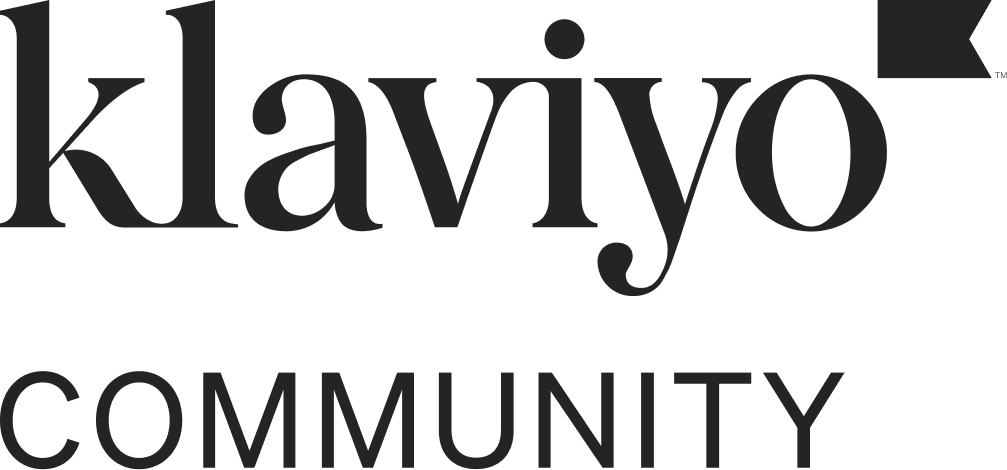My business sells both products and in-person services. To book an appointment with me, I direct people to my Square account that takes care of booking, reminders, cancellation and all that jazz.
At the moment, Klaviyo is integrated with Shopify. I wonder if I can also integrate Square, and if it’s a good idea.
I want to give my in-person clients the option to get marketing emails, and implement flows depending on the service they got.
But, what is the best way to do this without getting my data all mixed up? And, would it affect my Shopify integration (higher priority)?








